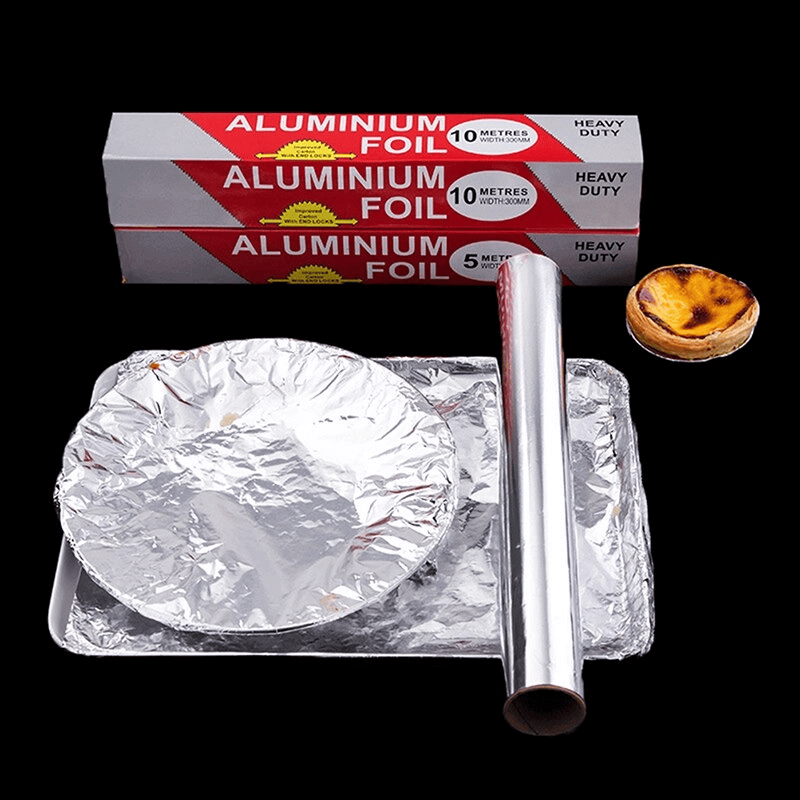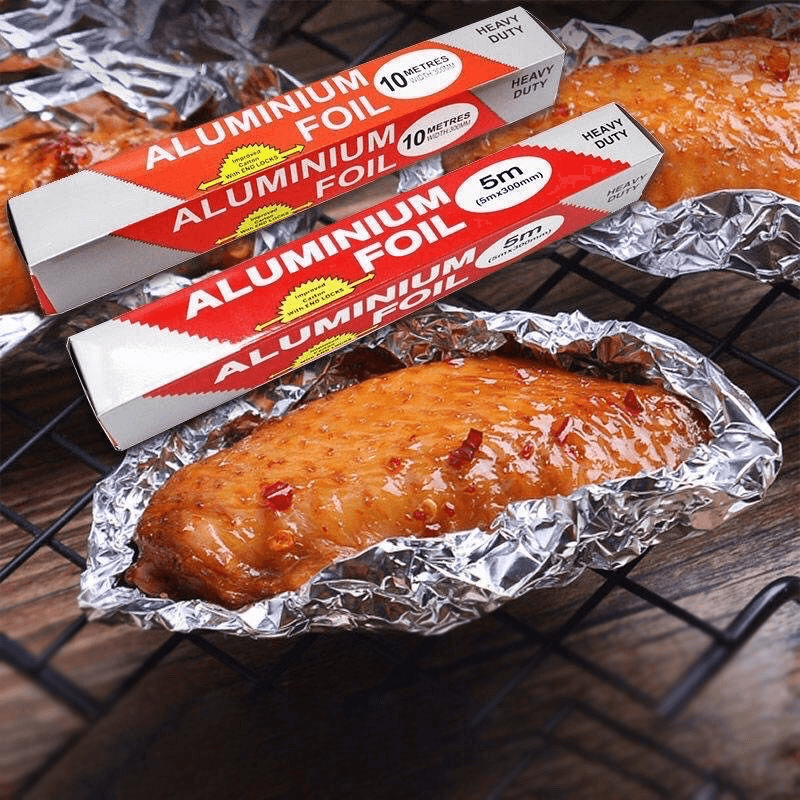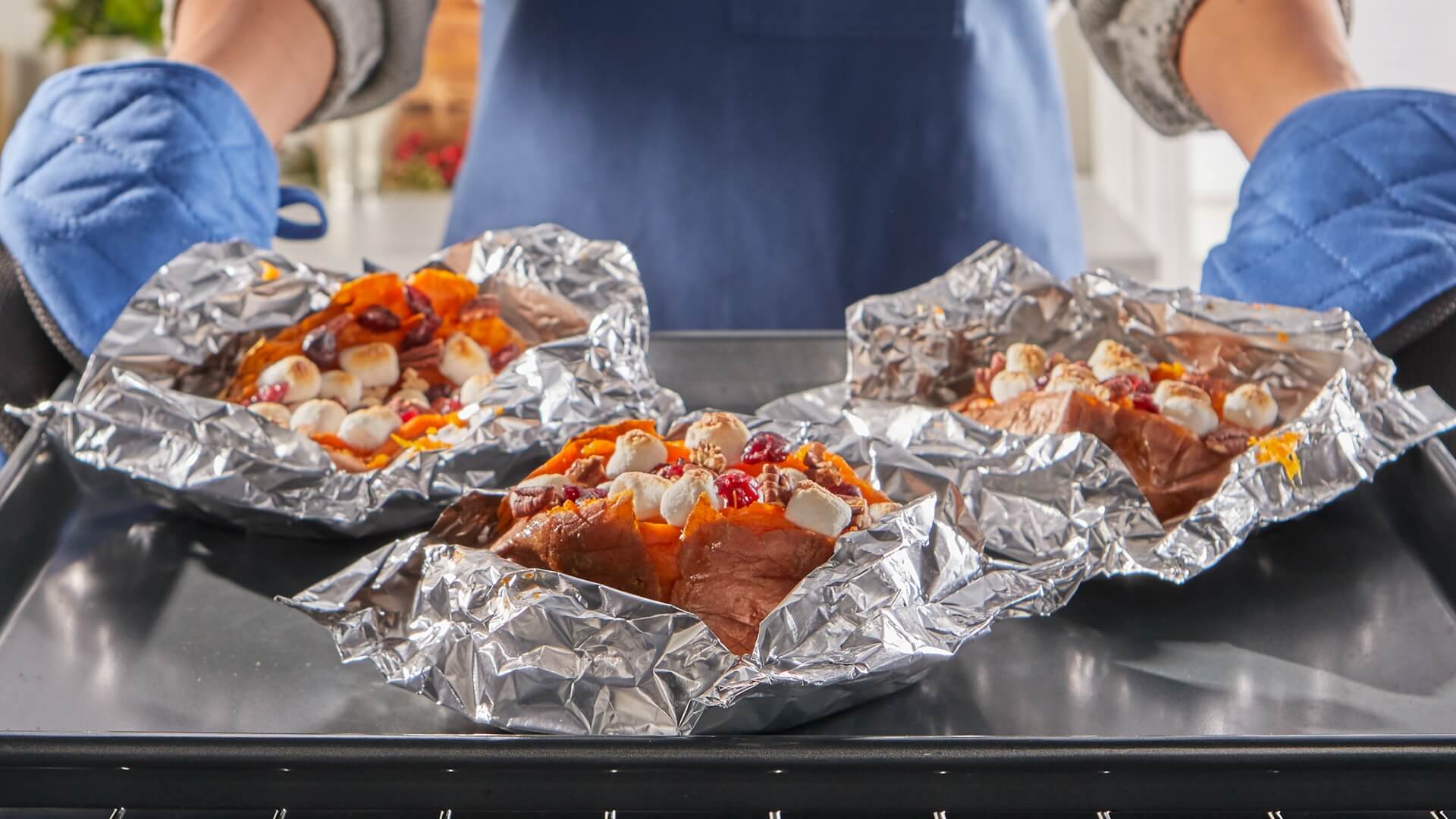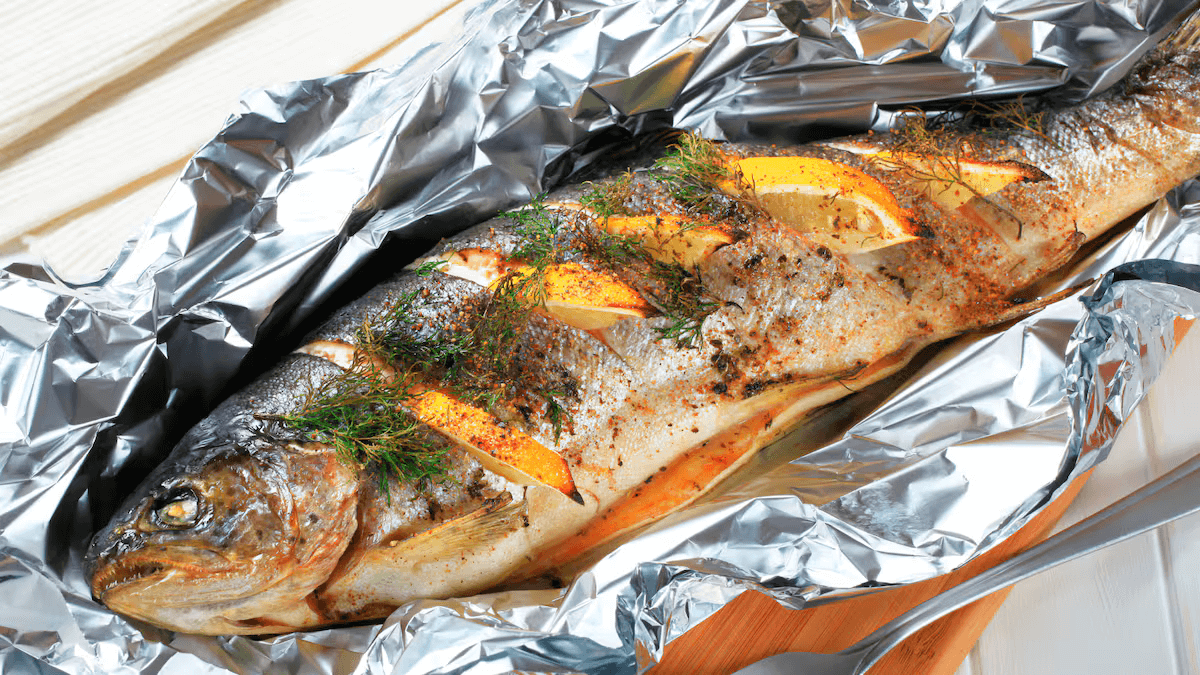



Picture a winter campfire: hikers often prop up aluminum foil behind their cooking pans, bouncing heat from the flames toward their meal. This simple trick reveals a fundamental truth about that humble roll in your kitchen drawer—aluminum foil doesn’t just contain heat; it actively manipulates it through reflection. But how does this everyday material transform into a thermal mirror, and why does this matter in both cooking and science?
At its core, heat transfer occurs in three ways: conduction (direct contact), convection (fluid movement), and radiation (invisible waves). Aluminum foil primarily interacts with the latter. All objects emit infrared radiation—a form of energy invisible to humans but felt as warmth. Polished metals like aluminum excel at reflecting these waves, a principle harnessed in everything from spacecraft insulation to emergency survival blankets.
The secret lies in foil’s microstructure. When rolled into thin sheets, aluminum develops a smooth surface that acts like countless microscopic mirrors. Unlike rough materials that scatter infrared waves (absorbing or trapping heat), foil’s flat planes bounce back up to 97% of radiant heat. This makes it exceptionally effective at creating thermal barriers. Wrap a baked potato in foil, and it becomes a miniature oven: the foil reflects the potato’s own radiant heat back inward, accelerating cooking while retaining moisture. Conversely, draping foil over a turkey during roasting shields it from direct infrared bombardment, preventing premature crust formation.
But there’s nuance in the shine. Many assume the foil’s glossy side must face outward to maximize reflection. In reality, the dull and shiny sides result from manufacturing—a double-layer rolling process that leaves one side polished by contact with steel rollers. Both sides reflect heat nearly identically; the visual difference has negligible impact on performance. What truly matters is maintaining an air gap between the foil and the heat source. Direct contact switches the dominant heat transfer mode to conduction, where aluminum’s high thermal conductivity can work against you (ever burned your fingers on foil-wrapped food?).
Practical applications abound. Line a grill with foil, and it reflects heat upward, searing meats evenly. Campers mold foil into parabolic stoves, concentrating sunlight to boil water. Even home bakers leverage this property: shielding pie crusts with foil prevents them from absorbing excess infrared radiation while allowing convection heat to circulate. The material’s versatility stems from its ability to toggle between roles—reflecting, redirecting, or containing heat based on how it’s positioned.
Yet limitations exist. Foil crumpled into a ball loses its reflective power, as creases create pockets that trap heat through conduction. Similarly, covering oven racks entirely with foil disrupts convection currents, leading to uneven cooking. The key is intentional design: smooth surfaces, strategic placement, and an understanding of when reflection trumps insulation.
From astrophysics to backyard barbecues, aluminum foil’s heat-reflecting prowess bridges household convenience and scientific principle. It’s a reminder that even the simplest materials, when understood deeply, reveal extraordinary capabilities—one shimmering sheet at a time.